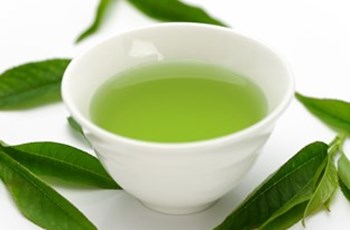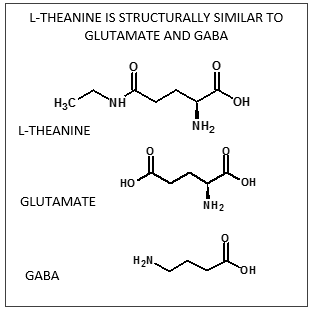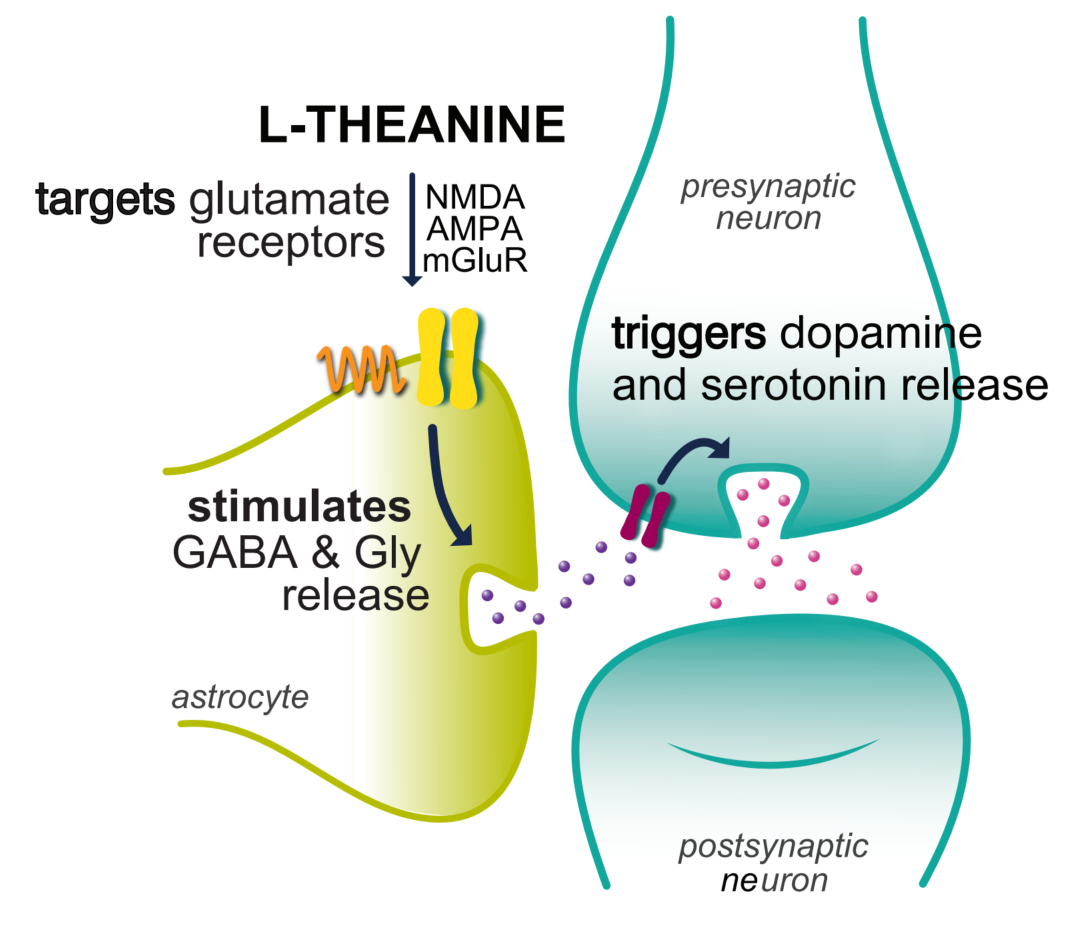
Capable of generating higher consciousness, the human brain is truly impressive in its complexity. The brain not only controls how we feel and what we think, but also manages all aspects of our health. To understand the fundamentals of a healthy brain, we ought to first take the time to understand how it works. In so many ways, our understanding of brain function evolved from studies on electricity.
The Brain’s Electrical Network
Neurons are the signaling cells in the brain. Each neuron is connected to many other neurons to create the brain’s own electrical network. The inside of a neuronal cell is negatively charged, because of sequestration of negative ions, such as chloride. On the outside, the neurons are positively charged because positive ions, such as sodium, are actively pumped out. This creates a voltage difference in a resting neuron – the outside is positive, the inside is negative. Electrical activity begins with a stimulus – a reaction from any of the five senses – which causes the positive ions to rush inside the neuron through specific ion channels, changing the voltage across the membrane. Once initiated, this voltage change moves down the membrane of the neuron to the end, eventually triggering a release in neurotransmitters [1]. The released neurotransmitters can then activate or inhibit receptors on adjacent neurons and propagate the message.
Electrical Impulses Translate Into Brain Waves
So you see how every thought, emotion, decision, reaction or impulse is merely a set of electrical impulses orchestrated to work harmoniously with one another. The union of all of these impulses is synchronized to form a “brain wave.” Brain waves are cyclic and “wave-like” in nature in that they oscillate according to the intensity of the continuous electrical activity. These oscillations in the electricity levels in the brain can be detected and recorded by an electroencephalogram (EEG).
A Simplified Overview of Normal Adult Brain Waves
- BETA - awake and alert
- ALPHA - awake and resting
- THETA - sleeping
- DELTA - deep sleep
Brain Waves Define Mood
There are four types of brainwaves – beta, alpha, delta and theta (some but not all also recognize a fifth type, called gamma) [2]. Each type of wave describes a certain type of brain activity and is characterized by a different amplitude and frequency. Although one brainwave state may predominate at any given time, depending on the activity level of the individual, the remaining brain states are present in the mix of brainwaves at all times. It is the relationship between the brain waves that defines various mood states.
Delta-beta Waves & Anxiety
Positive interplay (called “coupling” in expert lingo) between delta and beta waves is associated with anxiety. One study showed that increases in cortisol levels strengthen the relationship between delta and beta waves [3]. In other words, increased cortisol impulses in the brain orchestrate a set of brain waves that manifest as anxiety to the person and can be recorded as strong delta-beta recordings on an EEG. This means that as anxiety increases and gives rise to escalating cortisol levels, the brain activity changes reflect the state of stress by adjusting brain wave patterns.
Alpha Waves & Quieting the Mind
Meditation allows the brain to relax by inducing the oscillation of the so-called alpha waves in the brain. These alpha waves arise in the wakeful relaxation state – a state of composure, alertness and improved concentration without the edge of anxiety. In a way, alpha waves are a brain’s way to shift the “oscillating balance of power” between the two general brain systems – the task-oriented beta (the one that worries, calculates, plans, etc.) and the default alpha (i.e., daydreaming) system [1].
With alpha waves predominating, we simply become aware of our surroundings. Neuroscientists who study brain waves call this the “optimal inattention” state [4]. Through mindfulness, by harnessing this “power to ignore” [distracting stimuli] one specifically enhances the alpha brain state.
What does that mean for a physiological anxiety response, you may ask? Remember those cortisol levels increasing as beta-delta coupling strengthened? Alpha wave activity is inversely correlated with cortisol levels – as alpha waves become predominant, cortisol levels decrease [5]. This is important for those individuals whose anxiety (among many other symptoms) is driven and perpetuated by high cortisol levels.
Additional Ways to Induce Alpha Waves
As it turns out, meditation is not the only practice that can induce alpha wave activity in the brain. Yoga also stimulates alpha waves and concurrently induces a reduction in circulating cortisol levels [6]. But did you know that something you can buy for about $5 or perhaps already residing in your cupboard at the moment can also induce a powerful shift in brain activity toward alpha waves? That cupboard resident is green tea. One specific green tea constituent worthy of discussion and its influence on alpha waves is L-theanine.
L-theanine is an amino acid that reduces anxiety by promoting relaxation – slows down the heartbeat, reduces blood pressure, diminishes the acuteness of stress – all the while improving focus, attention and concentration. It does so by inducing resting state alpha wave activity without causing drowsiness due to unchanged theta waves [7].
Structurally, L-theanine resembles glutamate and GABA, the brain’s major excitatory and inhibitory neurotransmitter systems, respectively. By virtue of these structural similarities, L-theanine targets glutamate receptors – the fast-acting ion channels NMDA and AMPA, and the slower acting mGLURs [8].
L-theanine Resembles the Body’s Own Neurotransmitters

L-theanine Stimulates Neurotransmitter Production
L-theanine induces profound changes in neurotransmission by upregulating the levels of inhibitory and modulatory neurotransmitters. Shortly after the stimulation of the glutamate receptors, levels of the inhibitory neurotransmitters GABA and glycine are increased in the brain. In their turn, GABA and glycine, acting through their respective receptors, trigger increases in dopamine and serotonin in select brain regions. In other words, L-theanine appears to reduce excitatory pathways by activating and channeling the brain’s calming and anxiolytic mechanisms [8]. Additionally, L-theanine administration reduces cortisol levels and increases BDNF levels [9]. It is because of this modulating activity that L-theanine has profound effects on improving neurogenesis and neuroplasticity and is able to positively regulate mood, motivation, cognition and memory.
NEUROMODULATORY EFFECTS OF L-THEANINE
↑ GABA
↑ Glycine
↑ Serotonin
↑ Dopamine
↓ Cortisol

L-Theanine Therapy
L-theanine can be administered in supplement form or in tea – one cup of green tea contains anywhere from 25 - 60 mg of L-theanine. L-theanine readily crosses the blood-brain barrier within 30 minutes and continues to increase, reaching maximum levels after approximately 5 hours. Typical dosing for supplementation starts at 200 mg of L-theanine every 4-6 hours; however, alpha waves have been shown to be induced after as little as 50 mg of L-theanine [10].
It's good to know that something as simple as a cup of tea can work wonders for our brain health and help reduce anxiety – and might just save a trip to the doctor.
Related Resources
References
[1] Churchland PA: Touching A Nerve. New York, W.W. Norton & Company, 2013.
[2] Basar E, Basar-Eroglu C, Karakas S, Schurmann M: Gamma, alpha, delta, and theta oscillations govern cognitive processes. Int J Psychophysiol 2001;39:241-248.
[3] Schutter DJ, van HJ: Salivary cortisol levels and the coupling of midfrontal delta-beta oscillations. Int J Psychophysiol 2005;55:127-129.
[4] Sacchet MD, LaPlante RA, Wan Q, Pritchett DL, Lee AK, Hamalainen M, Moore CI, Kerr CE, Jones SR: Attention drives synchronization of alpha and beta rhythms between right inferior frontal and primary sensory neocortex. J Neurosci 2015;35:2074-2082.
[5] Kamei T, Toriumi Y, Kimura H, Ohno S, Kumano H, Kimura K: Decrease in serum cortisol during yoga exercise is correlated with alpha wave activation. Percept Mot Skills 2000;90:1027-1032.
[6] Kamei T, Toriumi Y, Kimura H, Ohno S, Kumano H, Kimura K: Decrease in serum cortisol during yoga exercise is correlated with alpha wave activation. Percept Mot Skills 2000;90:1027-1032.
[7] Williams J, Kellet J, Roach PD, McKune A, Mellor D, Thomas J, Naumovski N: L-Theanine as a functional food additive: its role in disease prevention and health promotion. Beverages 2016;2.
[8] Lardner AL: Neurobiological effects of the green tea constituent theanine and its potential role in the treatment of psychiatric and neurodegenerative disorders. Nutr Neurosci 2014;17:145-155.
[9] White DJ, de KS, Woods W, Gondalia S, Noonan C, Scholey AB: Anti-Stress, Behavioural and Magnetoencephalography Effects of an L-Theanine-Based Nutrient Drink: A Randomised, Double-Blind, Placebo-Controlled, Crossover Trial. Nutrients 2016;8.
[10] Nobre AC, Rao A, Owen GN: L-theanine, a natural constituent in tea, and its effect on mental state. Asia Pac J Clin Nutr 2008;17 Suppl 1:167-168.
